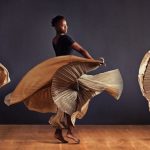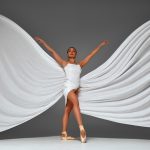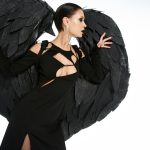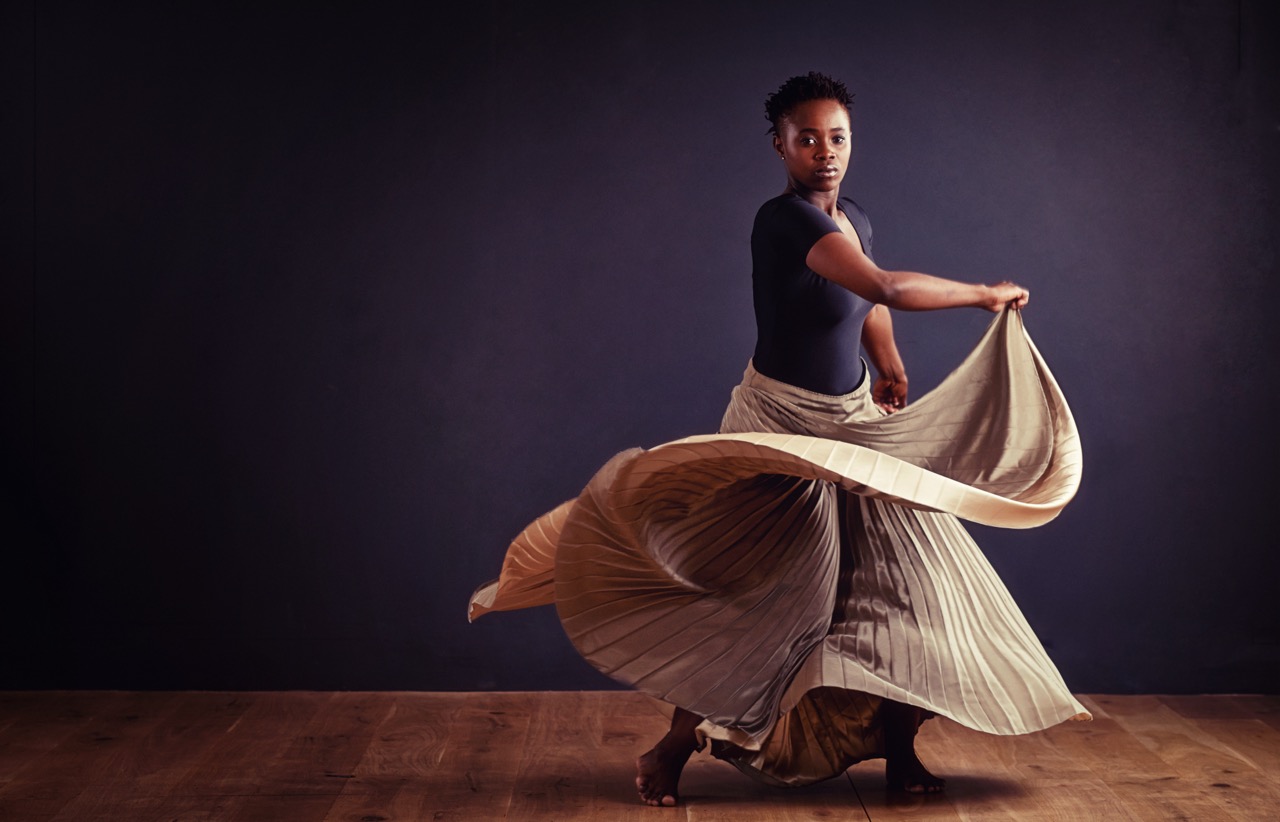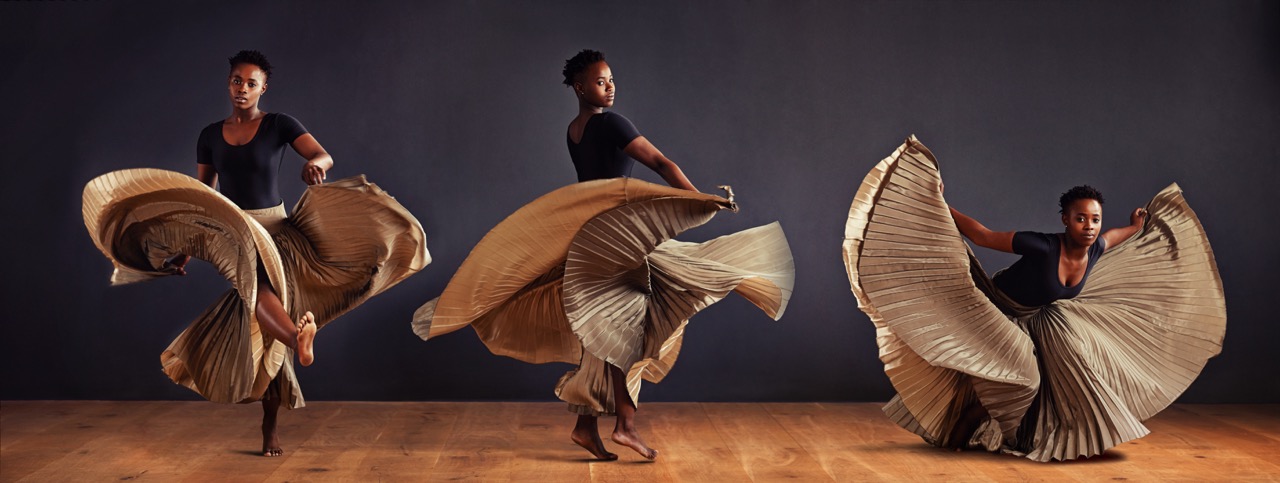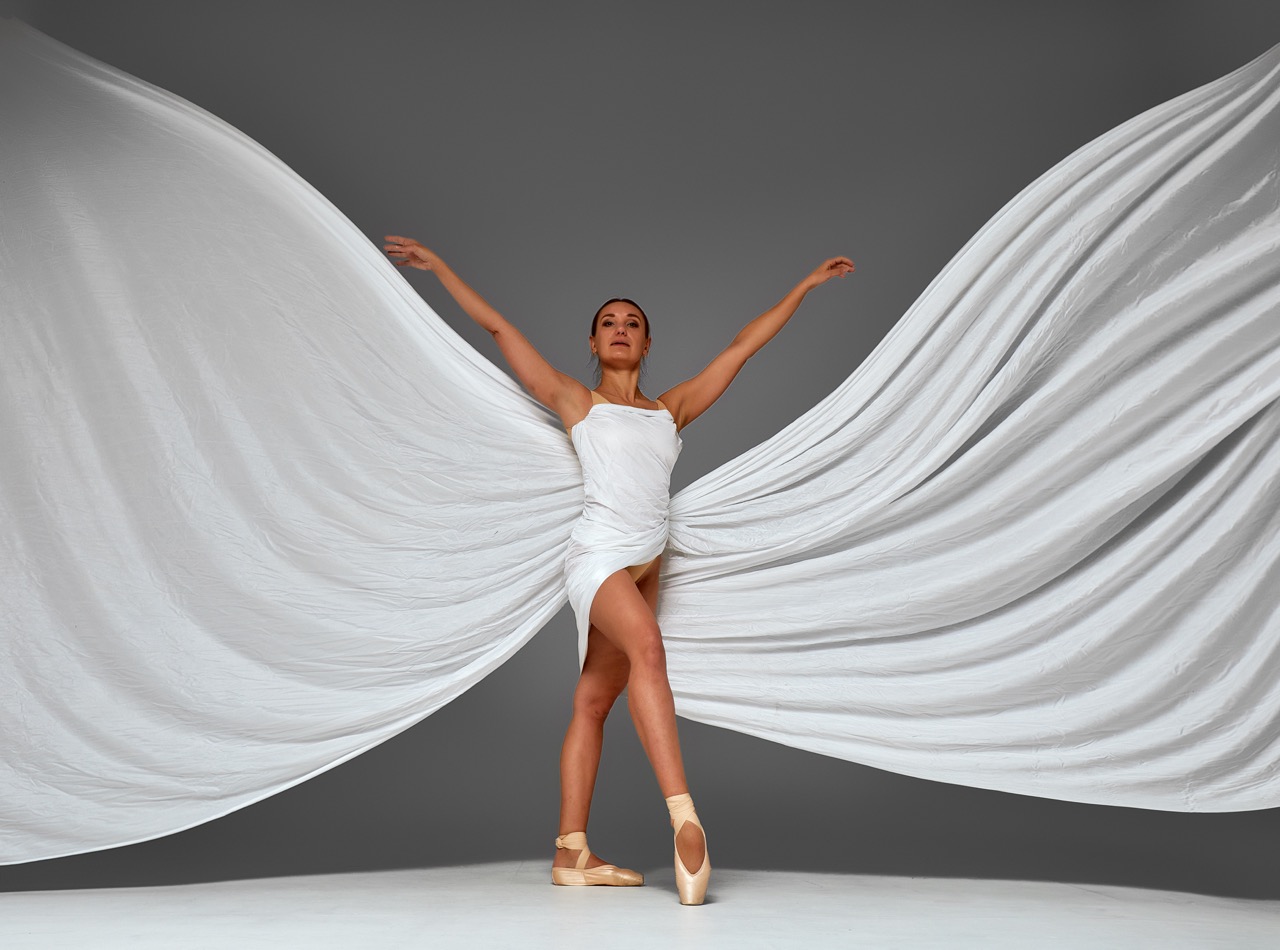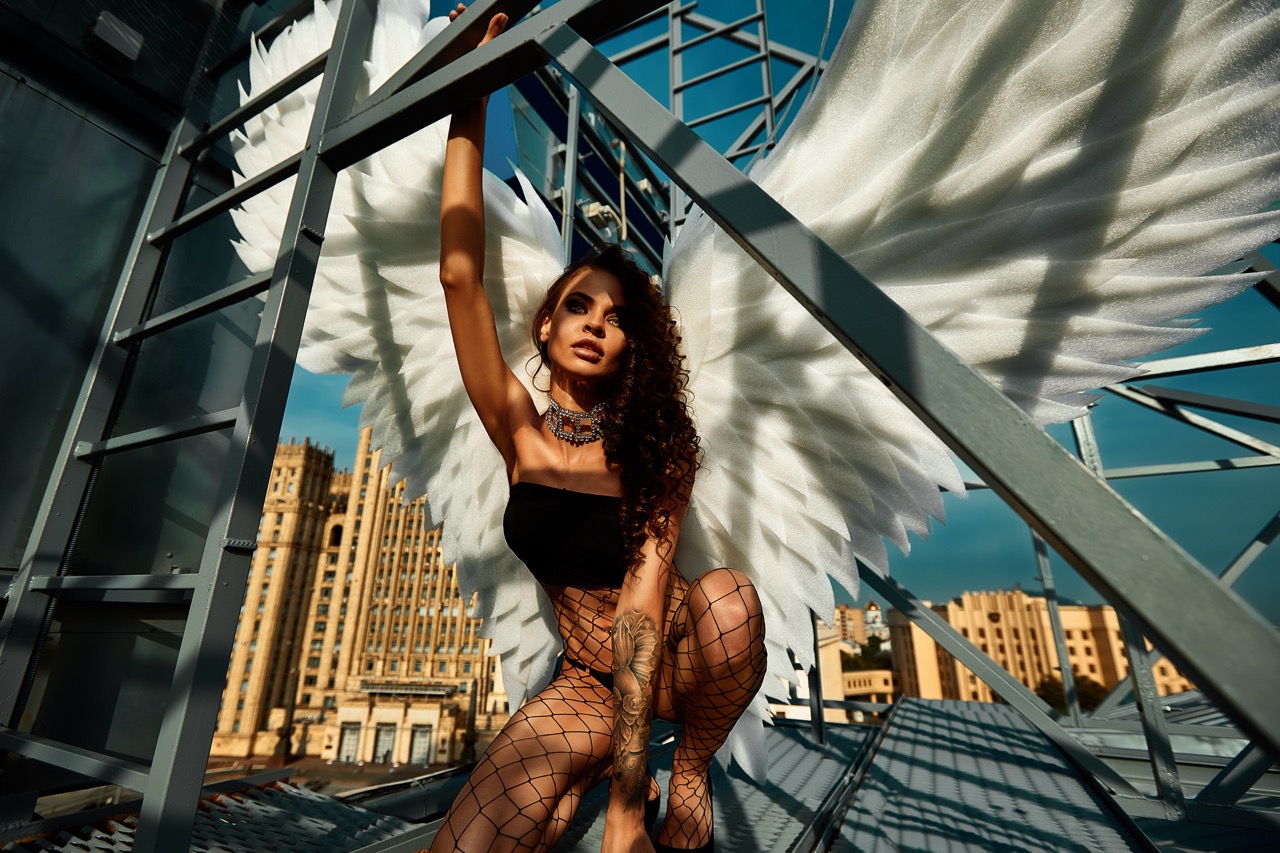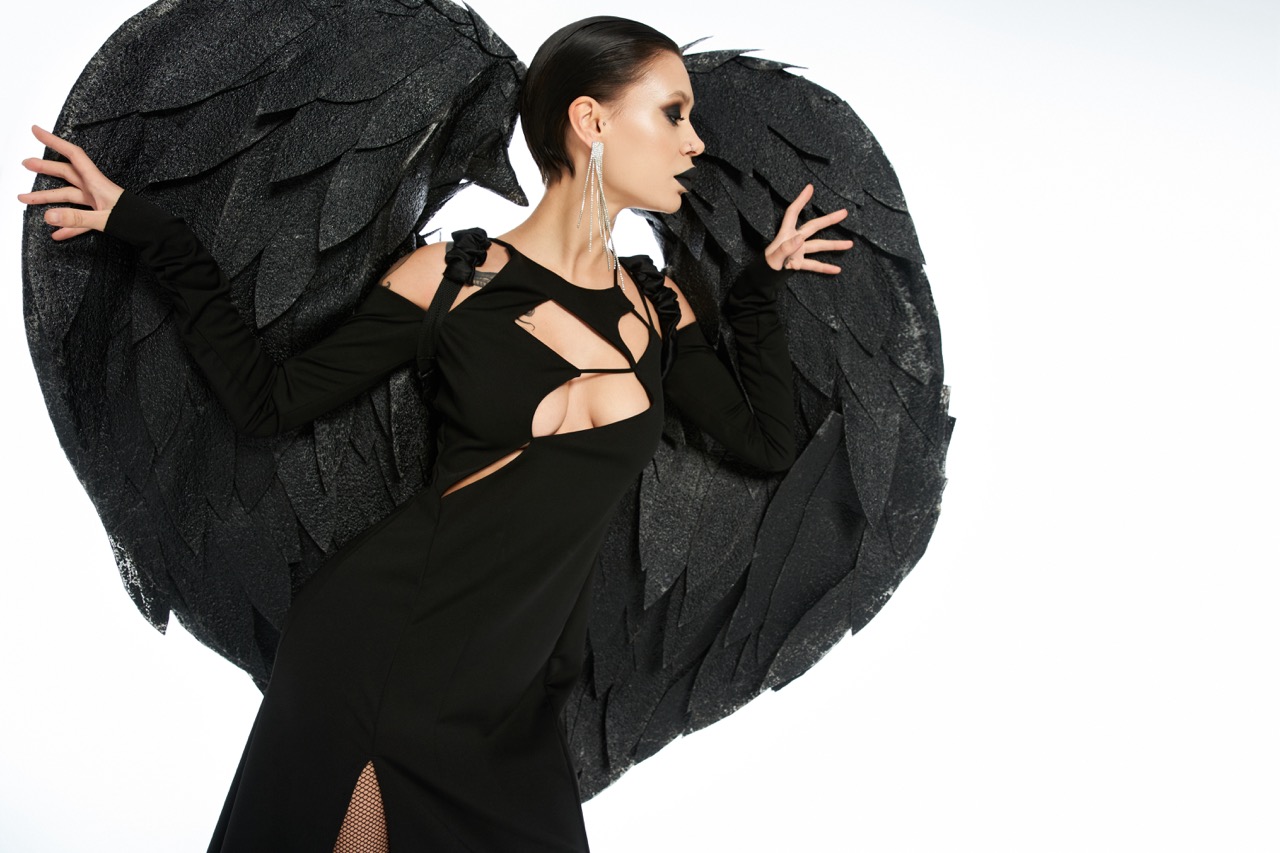Throughout the ages, dance has served as a powerful form of expression, a celebration of culture, and a means of storytelling. However, its influence extends far beyond the dance floor, permeating the world of fashion and style. From the elaborate costumes of ballet to the bold streetwear of hip-hop, dance has consistently played a pivotal role in shaping fashion trends and inspiring designers. This article explores the intricate relationship between dance and fashion, examining how movement has catalyzed style evolution and how dance icons continue to redefine what it means to be fashionable.
The Rhythmic Revolution: Dance as a Fashion Catalyst
The rhythmic nature of dance has historically influenced fashion trends, often dictating the materials, cuts, and colors that become popular at any given time. For example, the exuberance of the Charleston in the 1920s led to the rise of flapper dresses, which celebrated freedom and femininity. Similarly, the energetic movements of disco in the 1970s prompted a surge in vibrant, sequined attire that complemented the lively atmosphere of nightclubs. This rhythmic revolution demonstrates how the tempo and spirit of dance can inspire designers to create clothing that resonates with the movements of the body.
Moreover, dance has sparked innovation in fabric technology and design. The need for flexibility, breathability, and comfort in dance attire has led to the development of materials that also find their way into everyday fashion. Stretch fabrics like spandex and moisture-wicking materials were initially designed for dancers but have since become staples in athleisure and casual wear. This cross-pollination between dance and fashion shows how the requirements of one discipline can foster advancements in another, creating a dynamic relationship that keeps both industries evolving.
Additionally, dance as a cultural phenomenon has the power to amplify fashion movements across diverse communities. Styles emerging from dance genres such as jazz, ballet, and hip-hop often reflect the cultural backgrounds of their practitioners, bringing unique aesthetics to the forefront of fashion. When influential dance styles gain mainstream attention, they often carry with them a wave of fashion trends that celebrate individuality and cultural richness, allowing fashion to tell stories of heritage and identity.
Choreographing Trends: How Dance Shapes Style Choices
The choreography of dance not only influences the way garments are worn but also determines which pieces become essential in a wardrobe. Dance styles often require specific clothing to facilitate movement, which leads to the emergence of iconic items. For instance, the rise of breakdancing in the 1980s popularized baggy pants and oversized shirts, emphasizing freedom of movement and an urban aesthetic. These functional choices soon transcended their original purpose, becoming fashion statements that defined an era.
Dance competitions and performances are also significant in shaping style choices, as they introduce audiences to avant-garde fashion. For example, the television show "So You Think You Can Dance" has showcased various genres, each accompanied by distinct wardrobe styles that often set trends. Outfits designed for these performances are frequently bold and imaginative, pushing the boundaries of conventional fashion. As viewers become enamored with the looks on-screen, they often incorporate similar styles into their daily lives, further entrenching dance as a fashion influence.
Moreover, social media has amplified the connection between dance and fashion, creating a platform for dancers and choreographers to showcase both their movements and their style. Platforms like TikTok have given rise to viral dance challenges where participants not only replicate choreography but also emulate the fashion of the original dancers. This interactivity has encouraged individuals to explore their unique style while simultaneously participating in a broader dance culture, proving that dance is a vital force in contemporary fashion trends.
From Stage to Street: Dance Icons Redefining Fashion
Dance icons play a crucial role in the interplay between dance and fashion, as their personal styles often become emblematic of the genres they represent. Artists like Michael Jackson revolutionized the fashion landscape with their signature looks—tight pants, sequined jackets, and fedoras—becoming synonymous with their dance moves. These styles not only influenced fans but also inspired designers who saw an opportunity to merge performance art with high fashion, leading to collaborations that brought dance-inspired elements to the runway.
Contemporary dancers and choreographers continue this legacy, using their platforms to advocate for unique styles that reflect modern identities. For instance, Beyoncé’s "Homecoming" performance illustrates how cultural heritage and personal narrative can converge through fashion. The outfits worn by her dancers were carefully curated to celebrate Black culture, marrying traditional aesthetics with contemporary flair. This blending of past and present not only elevates the performance but also ignites discussions about representation and identity in the fashion world.
Furthermore, street dance culture serves as a powerful source of inspiration for mainstream fashion brands. The vibrant styles of street dancers often feature a mix of high fashion and thrift-store finds, creating a unique aesthetic that promotes individuality. Fashion designers increasingly look to street dance as a muse, infusing urban elements into their collections. This synergy not only highlights the significance of dance figures in shaping trends but also ensures that fashion remains an inclusive space where diverse expressions are welcomed and celebrated.
Movement and Fabric: The Dynamic Duo of Expression
The relationship between movement and fabric is pivotal in defining both dance and fashion. The way fabric drapes, flows, and interacts with the body can enhance the visual impact of dance performances. Designers are keenly aware of this relationship, often incorporating lightweight, flowing materials that accentuate movement. For instance, the use of chiffon and georgette in ballet costumes allows for ethereal movements that evoke grace and fluidity, transforming the stage into a canvas of artistry.
Fashion designers also draw inspiration from the technical aspects of dance, creating garments that cater to the dynamics of movement. Athleisure, a growing trend that combines athletic and leisurewear, is a prime example of this fusion. The emphasis on comfort and movement has led to the creation of stylish yet functional pieces that cater to the needs of active individuals. As more people embrace fitness routines that include dance-based classes, the demand for versatile clothing continues to rise, underscoring the impact of dance on everyday style.
Moreover, the interplay of movement and fabric extends beyond functionality; it encompasses emotional expression as well. Clothing can evoke feelings of confidence, empowerment, and freedom—much like dance itself. When dancers wear garments that resonate with their personal style, they can convey their emotions more profoundly through movement. This symbiotic relationship between fabric and expression underscores the broader significance of dance in shaping not only fashion but also individual identity.
The influence of dance on fashion and style is a testament to the power of artistic expression. As dance continues to evolve, so too does its impact on the fashion world, inspiring designers and audiences alike to explore new aesthetics and redefine traditional notions of style. From the elegance of ballet to the vibrancy of street dance, the rhythmic revolution initiated by these movements has created a rich tapestry of cultural significance that transcends generations. By understanding the profound connections between dance and fashion, we celebrate a dynamic interplay that will undoubtedly continue to inspire and transform both industries for years to come.

